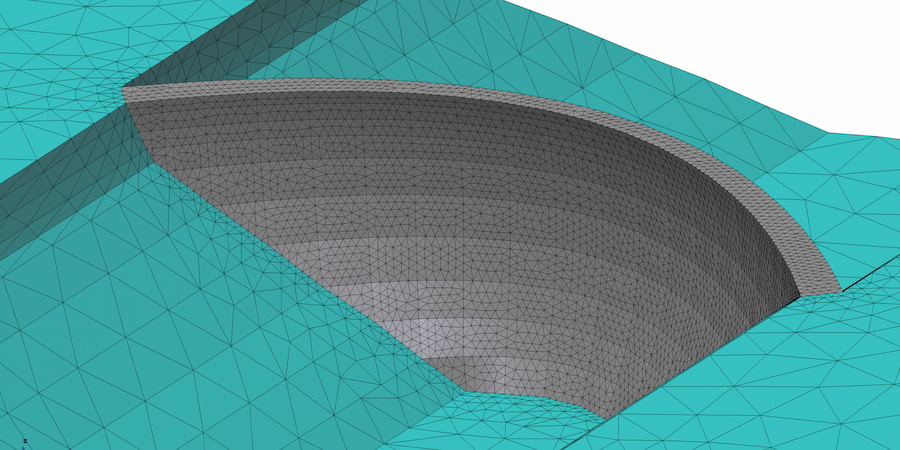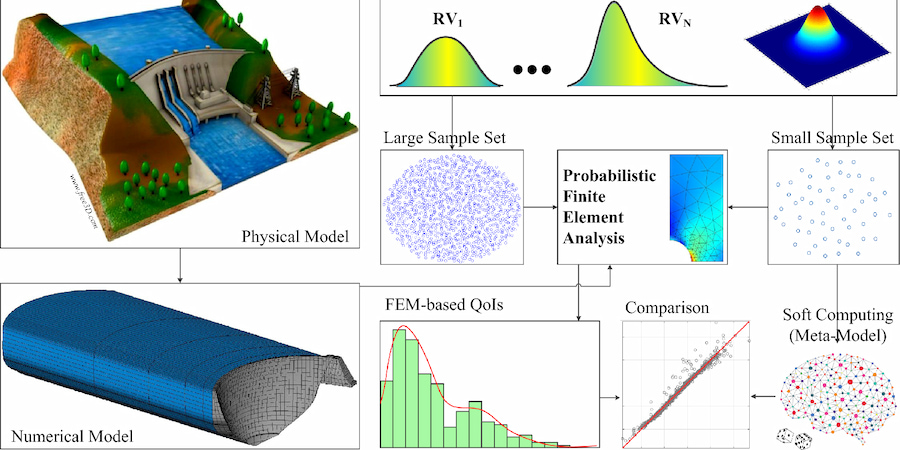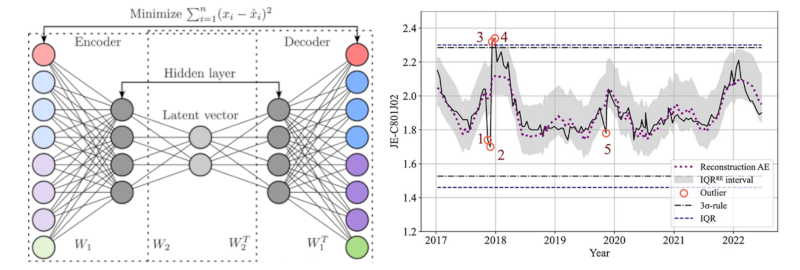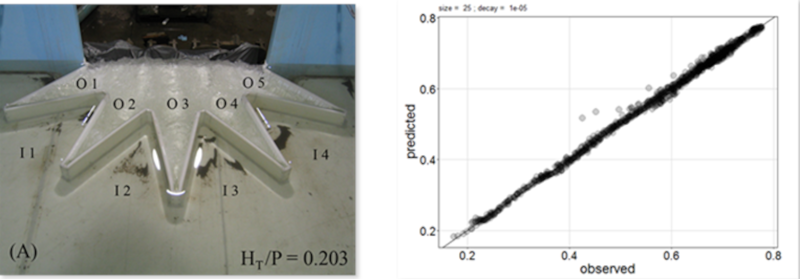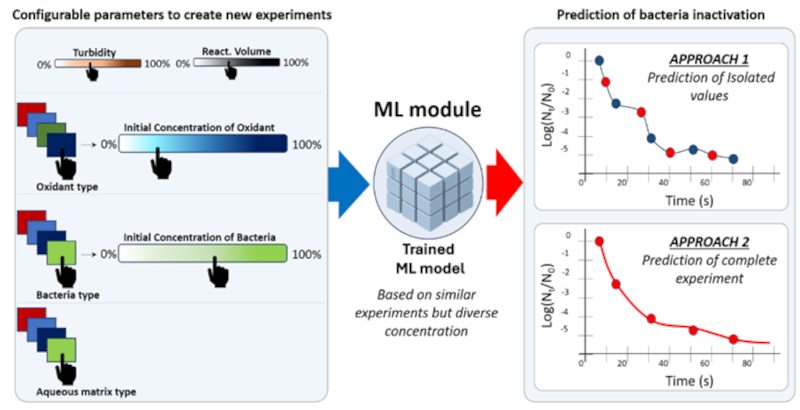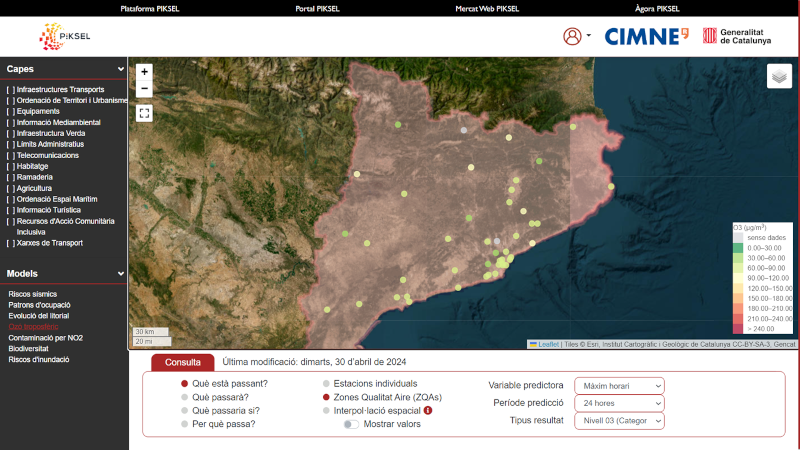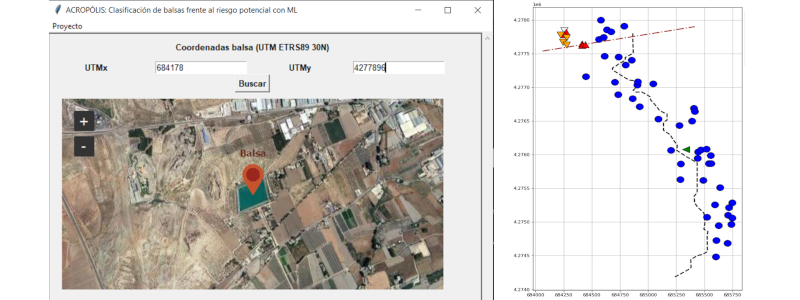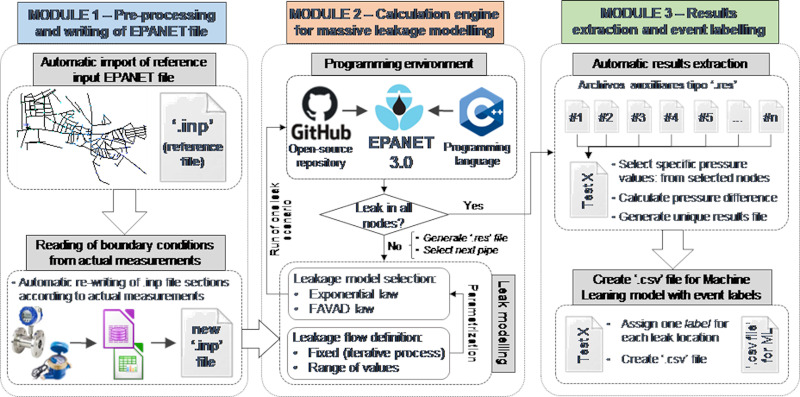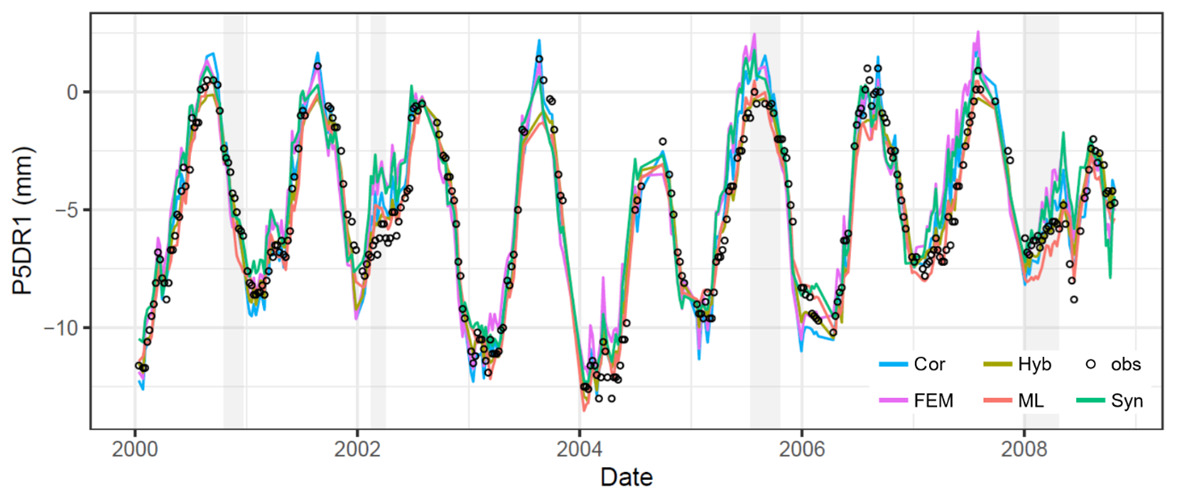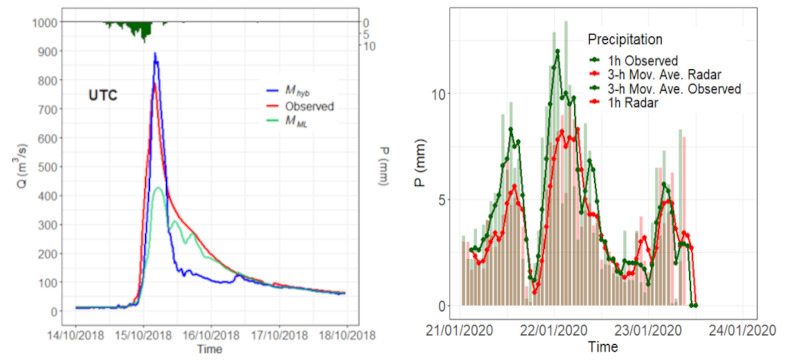Machine Learning and models in Hydro-Environmental Engineering
Machine Learning in Civil Engineering
Principal Investigator
Fernando Salazar
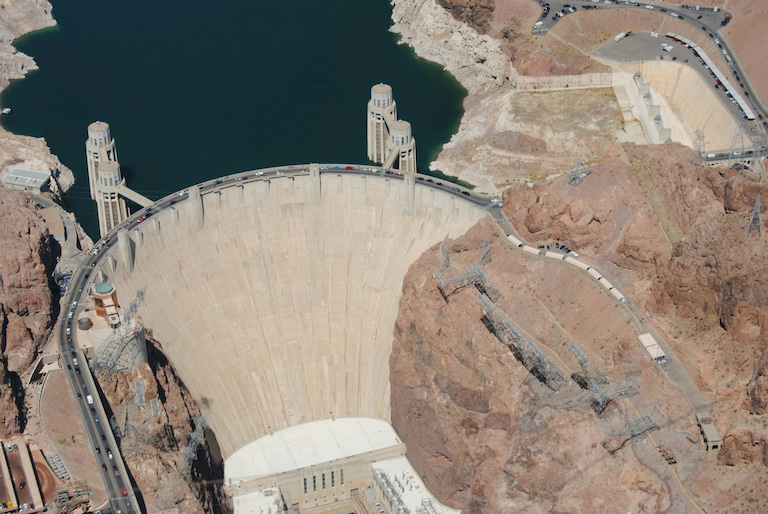
Overview
Research
Staff
Projects
This group develops ML-based tools to solve complex engineering problems in hydraulic, geomechanical, and environmental fields, combining sensor data, numerical modelling, and practical software solutions for predictive analysis and decision support.
The Machine Learning in Civil Engineering Research Group at CIMNE focuses on solving complex engineering problems by integrating machine learning (ML) techniques with data from sensors, numerical simulations, and physical modelling.
The group has extensive experience in applying ML methods to hydraulic infrastructures, including dams, spillways, and water supply systems, with a strong track record in structural health monitoring, anomaly detection, and predictive maintenance.
Beyond hydraulics, the group also explores applications in geomechanics, environmental monitoring, and industrial processes. Research activities span the full ML breath, from data preprocessing and algorithm development to uncertainty quantification and interpretability.
Techniques include ensemble models, deep learning, and hybrid strategies combining ML with numerical models such as CFD and DEM. The group maintains a strong practical orientation, developing custom software solutions with user interfaces for real-world deployment, and expanding into areas such as water quality prediction and wastewater disinfection.
Ongoing projects
Finished projects
Related news
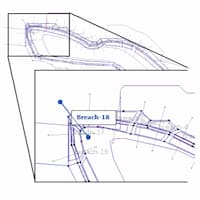
CIMNE experts use Machine Learning to streamline reservoir risk assessment
Researchers at CIMNE's Machine Learning in Civil Engineering Research Group and the Flumen Institute have developed a new machine-learning based tool to classify off-stream reservoirs based on their potential risk of rupture. The work, carried out as part of the...
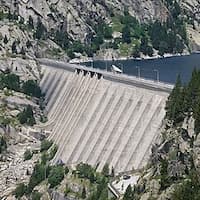
CIMNE’s new machine learning-based software improves dam structural safety
Researchers from the Machine Learning in Civil Engineering group at CIMNE have developed a new machine-learning based software to predict structural behaviour of dams, allowing for enhanced decision-making and minimizing safety risks of these critical infrastructures....






